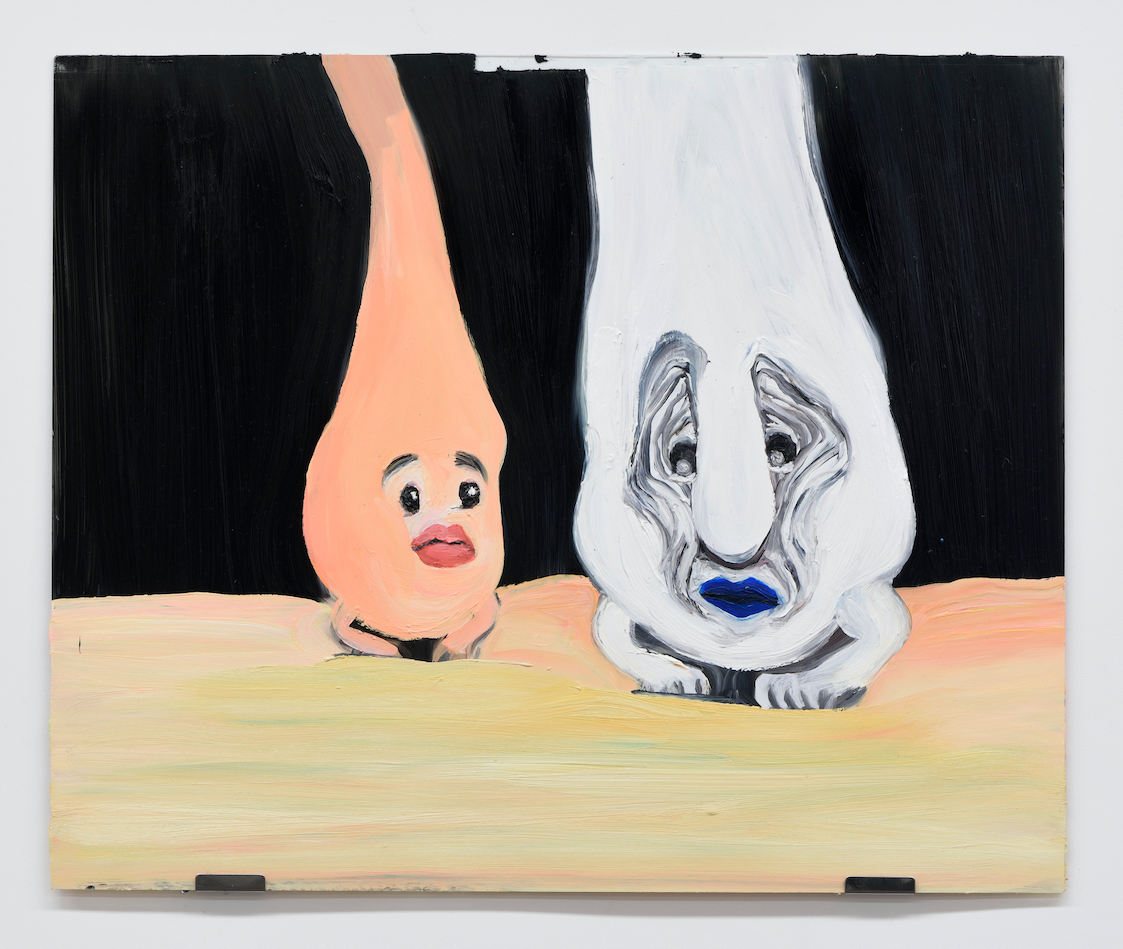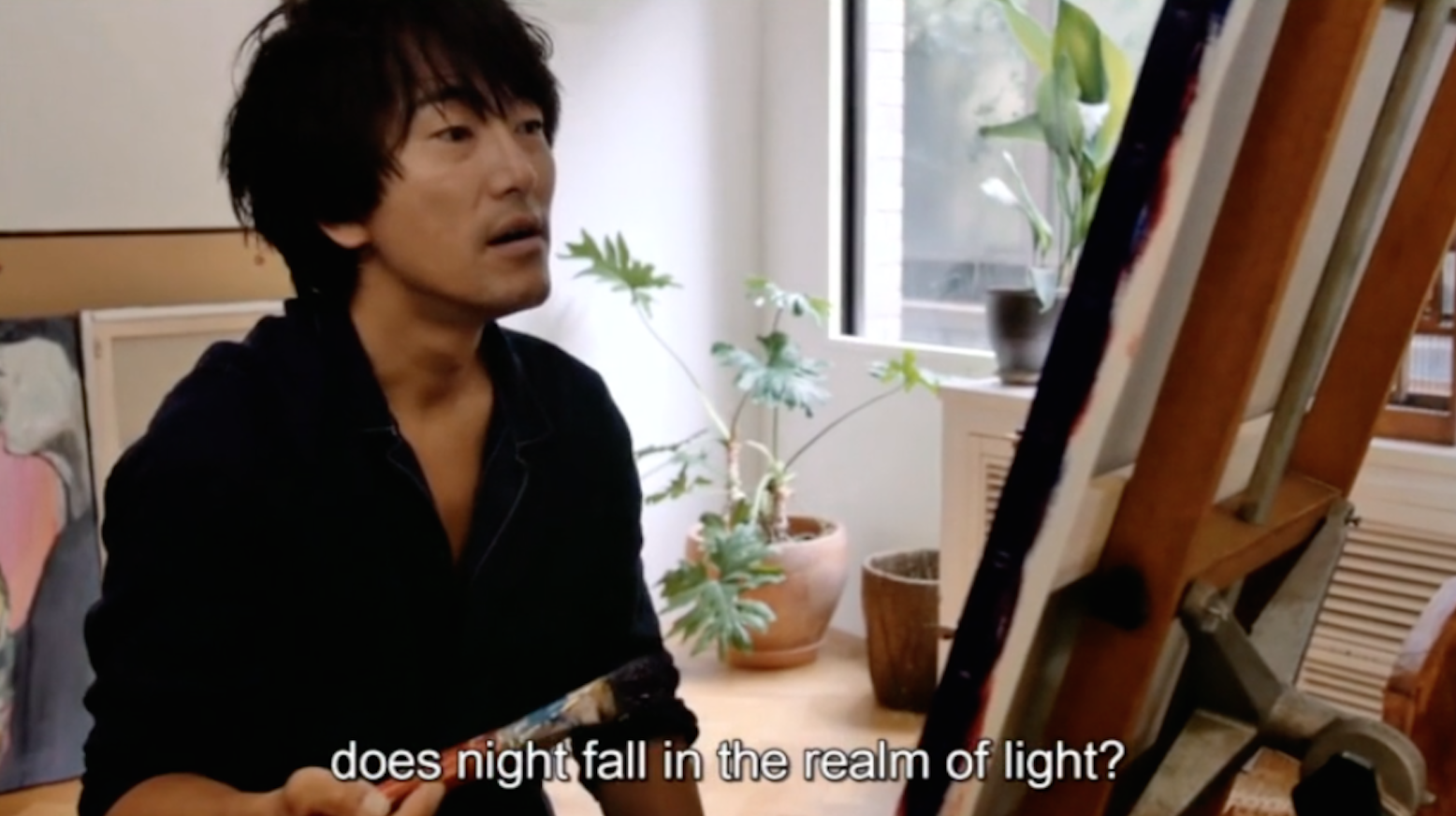Hair Warp - Travel Through Strand of Universe, 8
2020
148 x 98 cm
Ashmina Ranjit
While most of Ashmina Ranjit’s work has been large-scale installations, often immersive and site-specific, the series Hair Warp – Travel Through Strand of Universe is a brilliant concentration of both her beliefs and aesthetic. In this series, human hair is treated as a sacred element that connects womanhood and as Ranjit states, “all phenomena beyond the sky”. In the painting, the sinuous hair strands morph constantly into different braids, swirls, and landscapes, emitting a mysterious force of life. Human hair is one of the most symbolically powerful body parts, and essentially every culture has some form of taboo in regards to when and who should hide it or reveal it, respectively. For Ranjit, women have been most subjected to these interdictions, so her representation of uncovered and unleashed strands of hair, both dancing frenetically and whipping away with confidence, is a sign of liberated female power. The graphite representation on traditional Nepali rice paper alludes to an art history with very different ideas about representing women, and as such, Ranjit manages to inscribe her plea for emancipation at the core of that tradition, shaking it up and bringing it up to contemporary relevance.
Ashmina Ranjit is Nepal’s leading figure in the conceptual and performance fields, as well as an emblematic voice in South Asian feminist art making and activism. From the time of the revolutionary civil war in the 1990s and early 2000s, Ranjit produced several legendary interventions/performances in public space (in the royal quarters at the heart of Kathmandu), widely remembered beyond the art circles, highlighting the ongoing violence, class struggle, and gender issues that were at the forefront of society’s upheavals at the time. Her impact has gone far beyond the art community and participated in national debates, marking a rare case in which performance, and art in general, manages to participate in public intellectual and political debates. After the establishment of a democratic republic in Nepal, Ranjit pursued her work with a particular focus on women’s issues across the country, on subjects such as menstrual discrimination and violence against women.
Colors:
Related works sharing similar palette
» see more

© » LE MONDE
Au Musée juif de New York, requiem expressionniste pour les victimes du 7 octobre nav_close_menu Cet article vous est offert Pour lire gratuitement cet article réservé aux abonnés, connectez-vous Se connecter Vous n'êtes pas inscrit sur Le Monde ? Inscrivez-vous gratuitement Article réservé aux abonnés « Oct...
Related works found in the same semantic group
» see more

© » KADIST
John Lucas and Claudia Rankine
2018Historically, blondeness has been a signifier for desirability and beauty, speaking to “purity” — the purity of whiteness — like no other bodily attribute except, perhaps, blue eyes...






